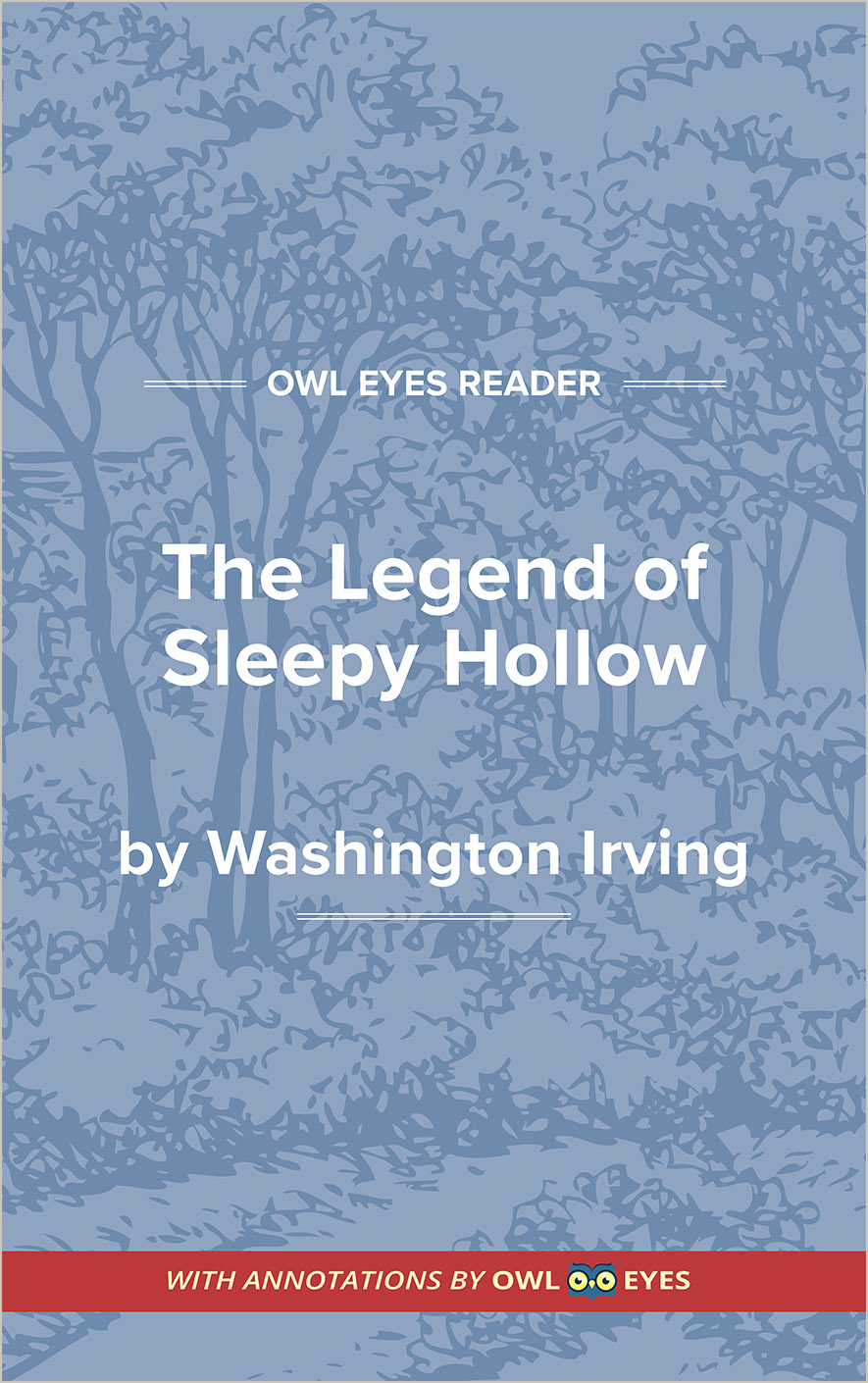Analysis Pages
Themes in The Legend of Sleepy Hollow
The Power and Truth of Local Folklore: In “The Legend of Sleepy Hollow,” Washington Irving is interested in where folklore comes from and how local legends evolve over time. When Ichabod Crane arrives in Sleepy Hollow, the land is charged with a number of ghost tales, most notably that of the “Galloping Hessian.” As Ichabod’s own adventures in Sleepy Hollow come to a close, we witness how those adventures become transformed into a new local legend, thanks to the old women of the Dutch settlement.
Might vs. Intellect; Old vs. New Order: Ichabod Crane clashes with the local Dutch farmers in a number of ways. As a schoolteacher, Ichabod Crane represents the force of the intellect, whereas the Dutch farmers, exemplified by Brom Bones, represent physical might and brawn. As a yankee, Ichabod Crane wants to bring new ideas and attitudes into the fold; the Dutch farmers strive to preserve their Old-World traditions, many of which date back countless generations.
Marriage for Love vs. Marriage for Money: Ichabod Crane and Brom Van Brunt compete for the affections of Katrina Van Tassel, for both desire the young woman’s hand in marriage. The two men represent two age-old amorous motivations: marriage for money and marriage for love. Ichabod Crane views Katrina Van Tassel as an entry into a realm of agricultural riches; the Van Tassel lands are vast and fruitful. Brom Van Brunt, on the other hand, seems to desire Katrina for her own character. In the end, authenticity wins out.
Themes Examples in The Legend of Sleepy Hollow:
The Legend of Sleepy Hollow
🔒"his heart yearned after the damsel who was to inherit these domains, and his imagination expanded with the idea, how they might be readily turned into cash..." See in text (The Legend of Sleepy Hollow)
"has often fancied his voice at a distance, chanting a melancholy psalm tune among the tranquil solitudes of Sleepy Hollow...." See in text (The Legend of Sleepy Hollow)
"Old farmers, a spare leathern- faced race, in homespun coats and breeches, blue stockings, huge shoes, and magnificent pewter buckles...." See in text (The Legend of Sleepy Hollow)
"The schoolmaster is generally a man of some importance in the female circle of a rural neighborhood..." See in text (The Legend of Sleepy Hollow)
"and was thought, by all who understood nothing of the labor of headwork, to have a wonderfully easy life of it...." See in text (The Legend of Sleepy Hollow)
"They are like those little nooks of still water, which border a rapid stream, where we may see the straw and bubble riding quietly at anchor, or slowly revolving in their mimic harbor, undisturbed by the rush of the passing current...." See in text (The Legend of Sleepy Hollow)

